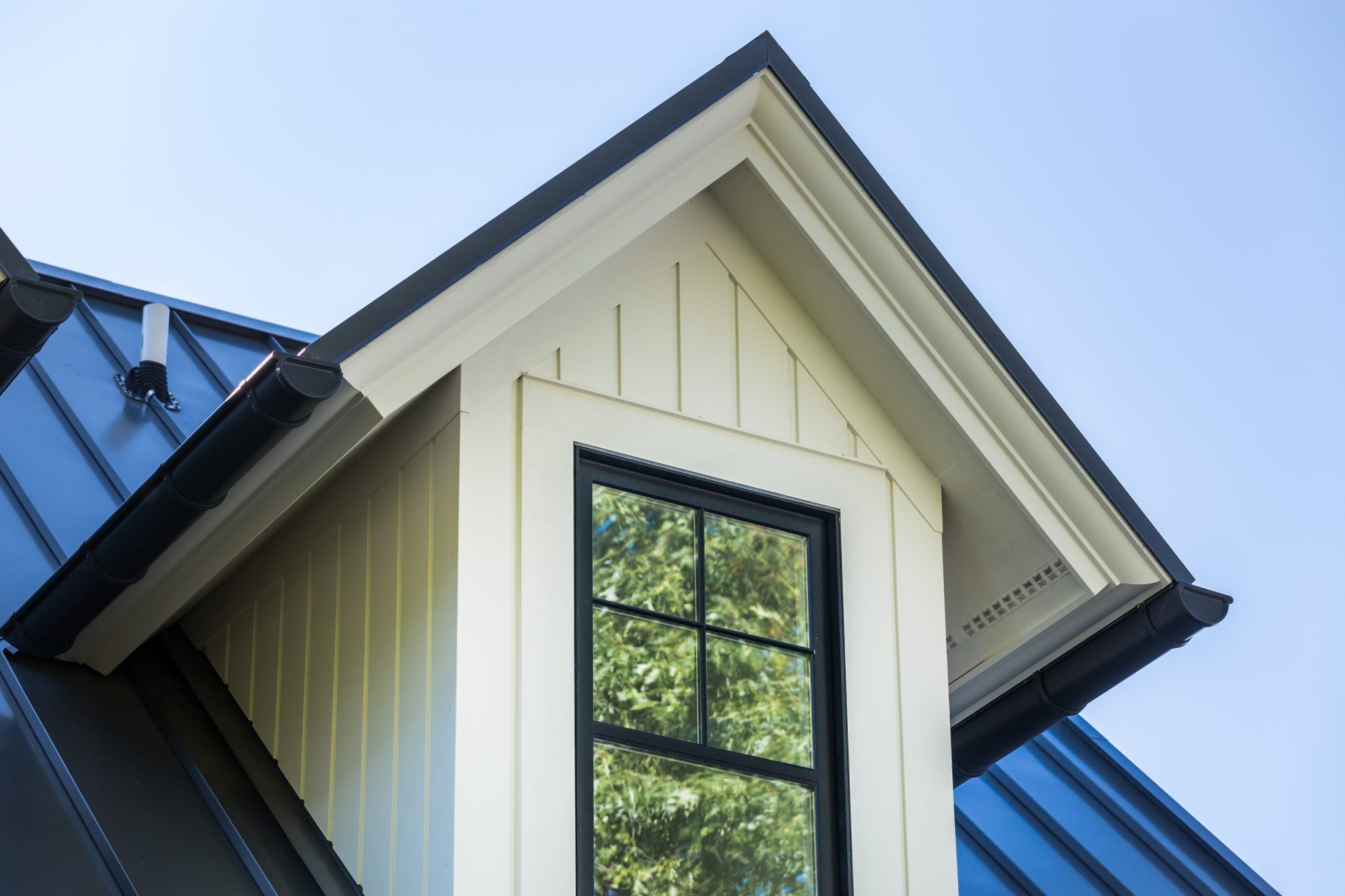

Articles
What Is Vertical Siding
Modified: October 28, 2024
Learn all about vertical siding in this comprehensive collection of articles. Discover the benefits, installation tips, and design options for vertical siding.
(Many of the links in this article redirect to a specific reviewed product. Your purchase of these products through affiliate links helps to generate commission for Storables.com, at no extra cost. Learn more)
Introduction
Welcome to the world of vertical siding! If you’re a homeowner or a design enthusiast, you may have come across this term and wondered what it really means. Vertical siding is a popular choice for exterior cladding that adds a unique and distinctive look to any home or building. In this article, we will explore the definition of vertical siding, the different types available, its benefits, drawbacks, installation process, maintenance requirements, and cost considerations.
Vertical siding, as the name suggests, is a type of siding that is installed vertically on the exterior walls of a structure. Unlike the more traditional horizontal siding, which is aligned parallel to the ground, vertical siding runs perpendicular to the ground, creating a visually striking and modern aesthetic.
One of the defining characteristics of vertical siding is its ability to draw the eye upward, making a building appear taller and more imposing. This vertical orientation can help accentuate architectural features, such as gables or windows, and can also create an illusion of height for shorter or more compact structures.
Vertical siding is available in a variety of materials, including vinyl, wood, fiber cement, and metal. Each material has its own unique set of features and benefits. For example, vinyl siding is known for its durability, low maintenance requirements, and wide array of color options. Wood siding, on the other hand, offers a warm and natural look, but requires more maintenance and regular painting or staining to protect it from the elements.
Now that we’ve discussed the basics of vertical siding, let’s delve deeper into the different types available and explore their respective characteristics and advantages. Whether you want to revamp the look of your home or are embarking on a new construction project, vertical siding can be a fantastic option to consider.
Key Takeaways:
- Vertical siding offers a visually striking and unique option for enhancing the exterior of any building, adding architectural interest and creating a bold statement.
- Understanding the installation process, maintenance requirements, and cost considerations is crucial for making an informed decision about incorporating vertical siding into your home’s exterior design.
Read more: How To Repair Vertical Wood Siding
Definition of Vertical Siding
Vertical siding, also known as vertical cladding or vertical paneling, refers to the installation of siding materials in a vertical orientation on the exterior walls of a building. It is an alternative to the more common horizontal siding, where the siding boards run parallel to the ground. Vertical siding can be made from various materials, including vinyl, wood, fiber cement, and metal, each offering its own set of benefits and visual appeal.
The purpose of vertical siding is not only to provide a protective layer against the elements but also to enhance the aesthetics of a structure. By installing siding vertically, it creates a unique look that adds visual interest and can make a building stand out from the crowd. The vertical orientation can also help to elongate the appearance of a structure, making it appear taller and more grandiose.
Vertical siding can be installed on various types of buildings, including residential homes, commercial buildings, and even industrial structures. It is a versatile cladding option that can be used to achieve different architectural styles, from contemporary and modern to traditional and rustic.
One of the key advantages of vertical siding is its ability to accentuate the vertical lines and architectural features of a building. Whether it’s the peaks of a gabled roof, the windows running from top to bottom, or simply the desire to break away from the monotony of horizontal siding, vertical siding allows for greater design versatility and can create a bold statement.
Furthermore, vertical siding can also help with moisture management. The vertical orientation allows rainwater to flow down more efficiently, reducing the chances of water seeping into the wall cavities and causing damage. This is particularly beneficial in areas with heavy rainfall or high humidity.
While vertical siding offers many advantages, it is essential to consider the specific needs and requirements of your building. Factors such as climate, maintenance, and budget should all be taken into account when selecting the appropriate type of vertical siding material.
Now that we have a better understanding of what vertical siding entails, let’s explore the various types of vertical siding available and the features that make each unique. Whether you’re looking for a sleek and modern aesthetic or a timeless and classic appeal, there is a vertical siding option to suit your needs.
Types of Vertical Siding
When it comes to vertical siding, there are several options available to suit different design preferences and budgets. Let’s take a closer look at some of the most popular types of vertical siding:
- Vinyl Vertical Siding: Vinyl vertical siding is a common choice among homeowners due to its affordability, low maintenance requirements, and wide range of color options. It is made from polyvinyl chloride (PVC) and is resistant to fading, warping, and insect damage. Vinyl vertical siding is lightweight, easy to install, and can withstand various weather conditions.
- Wood Vertical Siding: Wood vertical siding offers a natural and timeless appeal. Cedar, redwood, and pine are commonly used for wood siding due to their durability and resistance to rot and insects. Wood vertical siding requires regular maintenance in the form of staining or painting to protect it from moisture and sun damage. While it may require more upkeep, wood siding can add a warm and rustic charm to any home.
- Fiber Cement Vertical Siding: Fiber cement vertical siding is a composite material made from cement, sand, and cellulose fibers. It is known for its durability, resistance to rot and pests, and low maintenance requirements. Fiber cement siding can mimic the look of wood, stucco, or even stone, providing a versatile option for achieving different design aesthetics.
- Metal Vertical Siding: Metal vertical siding, typically made from aluminum or steel, offers a sleek and modern look. It is highly durable, fire-resistant, and requires minimal maintenance. Metal siding can be prefinished with a variety of colors and finishes to suit individual preferences. It is worth noting that metal siding may be more expensive upfront compared to other options.
- Composite Vertical Siding: Composite vertical siding is a blend of various materials, such as wood fibers, recycled plastics, and resins. This type of siding offers the look of natural wood while providing enhanced durability and resistance to moisture and insects. Composite vertical siding requires minimal maintenance and can be a cost-effective alternative to real wood.
Each type of vertical siding has its own unique features, benefits, and considerations. It’s important to evaluate your specific requirements, budget, and design preferences before selecting the right vertical siding option for your home or building.
Now that we have explored the different types of vertical siding, let’s move on to discussing the benefits that this type of siding can offer.
Benefits of Vertical Siding
Vertical siding offers several benefits that make it a popular choice for homeowners and architects alike. Let’s dive into some of the advantages of vertical siding:
- Unique Visual Appeal: One of the main benefits of vertical siding is its distinct and eye-catching appearance. The vertical orientation adds a sense of height and grandeur to a building, making it stand out from structures with horizontal siding. Vertical siding can also accentuate architectural features, such as gables or windows, and create a more visually dynamic facade.
- Improved Moisture Management: Vertical siding can help with moisture management. The vertical orientation allows rainwater to flow down and away from the building more effectively compared to horizontal siding. This can reduce the risk of water infiltration and damage to the underlying structure. Additionally, vertical siding can provide better ventilation, allowing moisture to evaporate more easily, which can be particularly beneficial in areas with high humidity or heavy rainfall.
- Enhanced Durability: Most types of vertical siding are designed to be durable and resistant to weathering. Materials such as vinyl, fiber cement, and metal are known for their durability and ability to withstand harsh weather conditions, including wind, rain, and extreme temperatures. With proper installation and maintenance, vertical siding can last for many years, providing long-lasting protection for your home.
- Design Versatility: Vertical siding offers design versatility, allowing you to achieve various architectural styles and aesthetic preferences. Whether you’re aiming for a modern and sleek look, a rustic and traditional charm, or something in between, vertical siding can be customized to suit your vision. The wide range of materials, colors, textures, and finishes available in vertical siding allows for unique and personalized design choices.
- Energy Efficiency: Vertical siding can contribute to improved energy efficiency in a building. It acts as an additional layer of insulation, helping to regulate indoor temperatures and reduce energy consumption. Some vertical siding materials, such as insulated vinyl or fiber cement with an added insulation layer, provide even greater thermal efficiency, which can lead to energy savings and increased comfort.
These are just a few of the many benefits that vertical siding can offer. However, it’s important to note that the specific advantages may vary depending on the chosen material, installation quality, and maintenance practices. Now, let’s explore some of the drawbacks or considerations associated with vertical siding.
Drawbacks of Vertical Siding
While vertical siding offers numerous benefits, it’s important to consider some of the drawbacks and considerations associated with this type of siding. Let’s explore a few potential disadvantages:
- Increased Installation Complexity: Installing vertical siding can be more complex and time-consuming compared to horizontal siding. Proper preparation and planning are necessary to ensure the panels are aligned correctly and securely attached to the building. This may require additional labor and expertise, which can add to the overall installation cost.
- Potential for Water Intrusion: While vertical siding can help with moisture management, poor installation or maintenance practices can lead to water intrusion. Improper flashing, gaps between panels, or inadequate sealing can allow water to infiltrate the walls, leading to potential damage and mold growth. It’s crucial to ensure proper installation and regular inspections to prevent water-related issues.
- Limited Availability of Materials: Not all siding materials are widely available in vertical siding options. Some materials, such as wood, may have limited choices for vertical installation, or the cost may be higher compared to horizontal siding. It’s important to research and explore the available materials and assess their compatibility with vertical installation before making a decision.
- Maintenance and Upkeep: Like any exterior siding, vertical siding requires regular maintenance to preserve its appearance and performance. Depending on the material, this may include periodic cleaning, repainting or staining, and addressing any potential issues such as rot or insect damage. Be aware of the maintenance requirements associated with the chosen vertical siding material and factor in the ongoing upkeep when considering its suitability for your home.
- Cost Considerations: The cost of vertical siding can vary depending on the chosen material, quality, and complexity of the installation. Some materials, such as high-quality wood or metal, can be more expensive compared to vinyl or fiber cement. Additionally, the additional labor and expertise required for vertical siding installation can contribute to higher overall costs. It’s important to evaluate your budget and consider the long-term return on investment when choosing a vertical siding option.
While these drawbacks should be taken into account, they can be managed with careful planning, proper installation, and regular maintenance. Understanding the potential challenges associated with vertical siding will help you make an informed decision for your home or building. Now, let’s move on to discussing the installation process of vertical siding.
When installing vertical siding, make sure to properly seal all joints and edges to prevent water infiltration. Use a high-quality moisture barrier and follow manufacturer’s guidelines for installation.
Read more: How To Install Vertical Hardie Board Siding
Installation of Vertical Siding
The installation process of vertical siding requires careful planning, precise measurements, and attention to detail to ensure a successful and visually appealing result. Here is a general overview of the steps involved in installing vertical siding:
- Preparation: Before installation, the existing exterior cladding and any necessary repairs or modifications should be completed. This includes ensuring a flat, level surface for the siding installation.
- Weatherproofing: It’s important to install a weather-resistant barrier over the sheathing to provide additional protection against moisture. This barrier helps prevent water intrusion and improves the overall performance of the siding.
- Measurements and Layout: Accurate measurements are crucial for a proper layout and panel sizing. Take into account any architectural features, windows, doors, and corners that may require special attention during installation.
- Starting Point: Begin the installation at the bottom corner of the wall or a strategically chosen starting point. The first panel should be installed plumb and level, ensuring a solid foundation for the rest of the siding.
- Attach Panels: Attach the siding panels using the recommended fasteners or nails specified by the manufacturer. Ensure each panel is correctly aligned and tightly secured to prevent any potential gaps or movement.
- Overlap and Joints: As you progress upwards, ensure each subsequent panel overlaps the one below it to create a seamless appearance and an effective barrier against moisture. Pay attention to the proper alignment of the panels and the tightness of the joints to maintain a uniform and visually pleasing result.
- Trim and Accessories: Install any necessary trim pieces, such as corner pieces, J channels, or window and door trim. These elements provide a finished look, add structure, and help further protect against water infiltration.
- Finishing Touches: Once all panels and trim are installed, make sure to inspect the entire siding surface for any loose panels, gaps, or imperfections. Address any necessary adjustments or repairs to ensure a professional and neat finish.
Keep in mind that the specific installation process may vary depending on the chosen siding material and manufacturer’s guidelines. It is always recommended to consult the manufacturer’s installation instructions or seek professional help if needed to ensure a correct and efficient installation.
Now that we have covered the installation process, let’s move on to discussing the maintenance and care required to keep vertical siding in optimal condition for years to come.
Maintenance and Care for Vertical Siding
Maintaining vertical siding is essential to preserve its appearance, durability, and overall performance. Proper care and regular maintenance can help extend the lifespan of the siding and protect it from damage. Here are some essential maintenance tasks for vertical siding:
- Cleaning: Regular cleaning is important to remove dirt, grime, and environmental pollutants from the siding surface. Use a soft brush, sponge, or a low-pressure power washer to gently clean the siding. Avoid using harsh chemicals or abrasive cleaners that can damage the siding or its finish. Follow the manufacturer’s guidelines for recommended cleaning products and techniques.
- Inspection: Regularly inspect the siding for any signs of damage, including cracks, holes, or gaps between the panels. Pay attention to areas prone to moisture accumulation, such as around windows, corners, or joints. Promptly repair any defects or issues to prevent further damage or water infiltration.
- Repairs: If you notice any damaged or deteriorated sections of the siding, address the repairs as soon as possible. Replace any broken or warped panels, secure loose panels, and fill in any gaps or cracks. Properly seal any joints or openings to maintain the weather-resistant barrier.
- Painting or Staining: If you have wood or fiber cement vertical siding, periodic painting or staining is necessary to protect the material from moisture, UV rays, and general wear and tear. Follow the manufacturer’s recommendations for the appropriate products and techniques to ensure a long-lasting finish.
- Preventing Mold and Mildew: Keep an eye out for signs of mold or mildew growth on the siding. Regular cleaning and proper ventilation can help prevent the development of these unsightly and potentially harmful contaminants. Ensure that shrubs and trees are trimmed away from the siding to allow for proper air circulation.
- Gutter Maintenance: Proper gutter maintenance is crucial to prevent water from overflowing and potentially seeping behind the siding. Regularly clear leaves, debris, and other obstructions from the gutters to ensure proper water drainage away from the siding.
- Trim Maintenance: Pay attention to the condition of any trim pieces, such as corner pieces, J channels, or window and door trim. Repair or replace any damaged or deteriorated trim to maintain the overall integrity and appearance of the vertical siding.
- Professional Inspection: Consider scheduling a professional inspection of your vertical siding every few years. An expert can identify any hidden issues, provide recommendations for maintenance or repairs, and ensure that the siding is in good condition.
By following these maintenance practices and addressing any issues promptly, you can keep your vertical siding looking great and performing well for many years.
Now that we have covered the maintenance aspect, let’s evaluate the cost considerations associated with vertical siding.
Cost of Vertical Siding
The cost of vertical siding can vary based on several factors, including the chosen material, size of the project, labor costs, and geographic location. Understanding the cost considerations will help you plan and budget for your vertical siding project. Here are some factors to consider when evaluating the cost of vertical siding:
- Siding Material: The choice of siding material has a significant impact on the overall cost. Vinyl siding tends to be more affordable compared to wood, fiber cement, or metal options. Higher-end materials or specialized finishes can also contribute to higher costs.
- Size and Complexity of the Project: The size of the project, including the square footage of the area to be covered, will affect the overall cost. Other factors such as the number of corners, windows, and doors, as well as any custom design features, can add complexity to the project and increase labor and material costs.
- Installation Costs: The complexity of vertical siding installation, along with labor rates in your area, will impact the installation costs. Hiring a professional contractor may come with additional charges but can ensure proper installation and minimize potential issues.
- Additional Materials and Accessories: Some vertical siding projects may require additional materials and accessories such as weather-resistant barriers, specialty trims, or mounting hardware. These extras can add to the overall project cost.
- Maintenance and Long-Term Costs: Consider the long-term costs of the chosen siding material. Some materials, such as vinyl or metal, require minimal maintenance and do not incur significant ongoing costs. However, wood siding may involve periodic painting or staining, adding to the maintenance expenses over time.
- Geographic Location: The regional market and labor rates in your area can affect the overall cost of vertical siding. Costs can vary depending on supply and demand factors and even local building codes or regulations that may impact installation requirements.
It’s important to gather multiple quotes from reputable contractors to get a better understanding of the cost range for your specific project. Remember that investing in high-quality materials and professional installation can provide long-term value, durability, and aesthetics.
Lastly, keep in mind that the cost of vertical siding should be evaluated alongside other factors such as durability, maintenance requirements, design preferences, and energy efficiency, to determine the best value for your needs.
Now that we’ve explored the cost considerations, let’s reflect on the benefits and potential return on investment that vertical siding can offer.
Conclusion
Vertical siding offers a unique and visually striking option for enhancing the exterior of your home or building. With its distinctive design, vertical siding can create a sense of height, add architectural interest, and make a bold statement. Whether you prefer the affordability and versatility of vinyl, the timeless charm of wood, the durability of fiber cement, or the modern aesthetic of metal, there are various materials available to suit your design preferences and budget.
While vertical siding offers numerous benefits, such as improved moisture management, enhanced durability, and design versatility, it’s important to be aware of the potential drawbacks and considerations. From the increased complexity of installation to ongoing maintenance requirements, understanding these factors will help you make an informed decision.
Proper installation, regular maintenance, and prompt repairs are essential for preserving the appearance and performance of vertical siding. By following recommended cleaning practices, inspecting for damage, and addressing any issues as they arise, you can ensure that your vertical siding remains in optimal condition for years to come.
When considering the cost of vertical siding, it’s crucial to assess factors such as material choice, project size, installation costs, and long-term maintenance expenses. Obtaining multiple quotes, choosing high-quality materials, and hiring professional contractors can help you achieve the best value for your investment.
Whether you’re embarking on a new construction project or looking to update the exterior of your home, vertical siding can be a fantastic choice. Its unique look and range of available materials offer endless design possibilities. Take the time to research and explore the options, consult with professionals, and consider your specific needs and preferences to select the perfect vertical siding for your home or building.
In conclusion, vertical siding is a versatile, visually appealing, and durable cladding option that can transform the look of any structure. By understanding its definition, exploring different types, considering the benefits and drawbacks, knowing the installation process, and being aware of maintenance requirements and costs, you are well-equipped to make an informed decision about incorporating vertical siding into your home’s exterior design.
Frequently Asked Questions about What Is Vertical Siding
Was this page helpful?
At Storables.com, we guarantee accurate and reliable information. Our content, validated by Expert Board Contributors, is crafted following stringent Editorial Policies. We're committed to providing you with well-researched, expert-backed insights for all your informational needs.
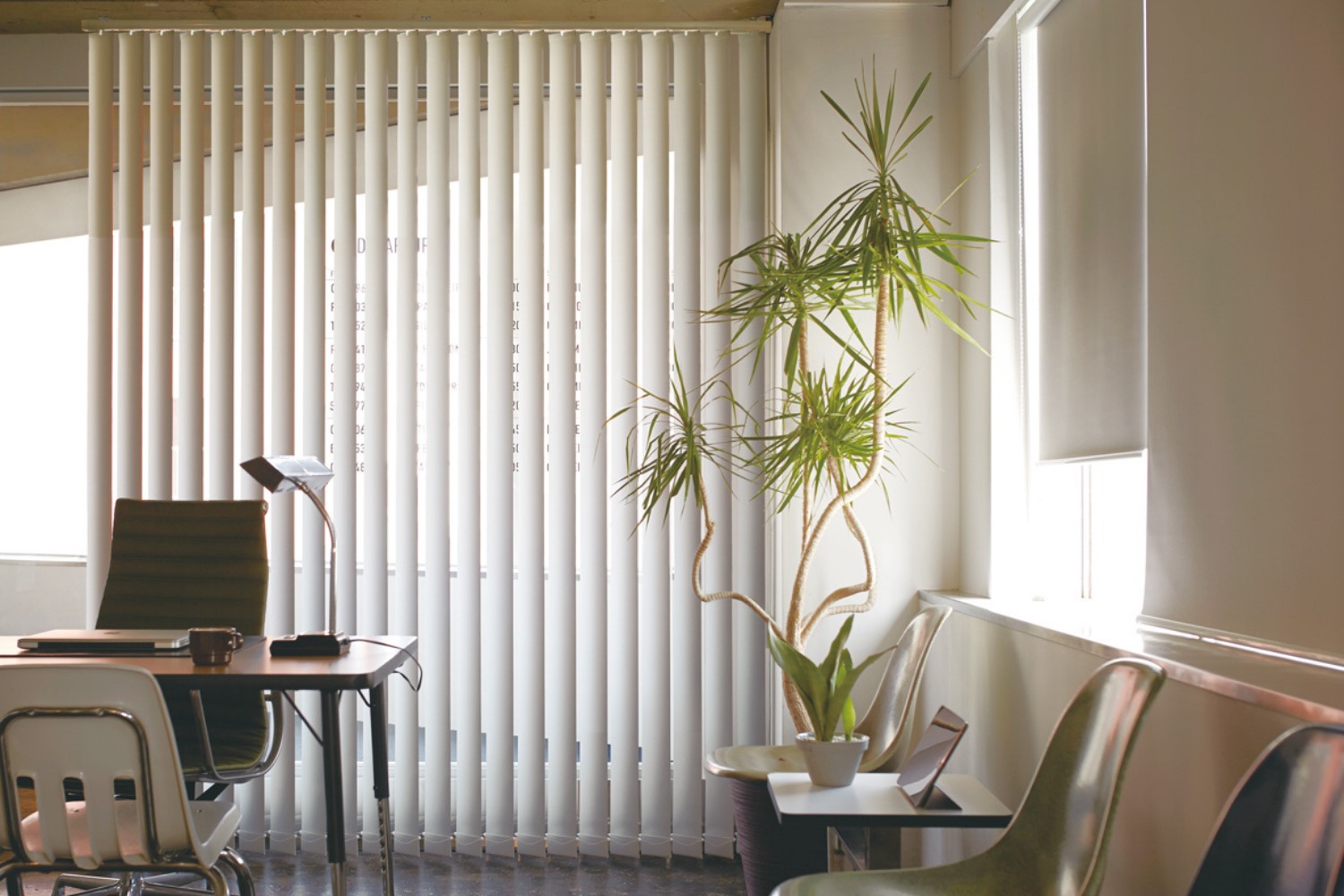
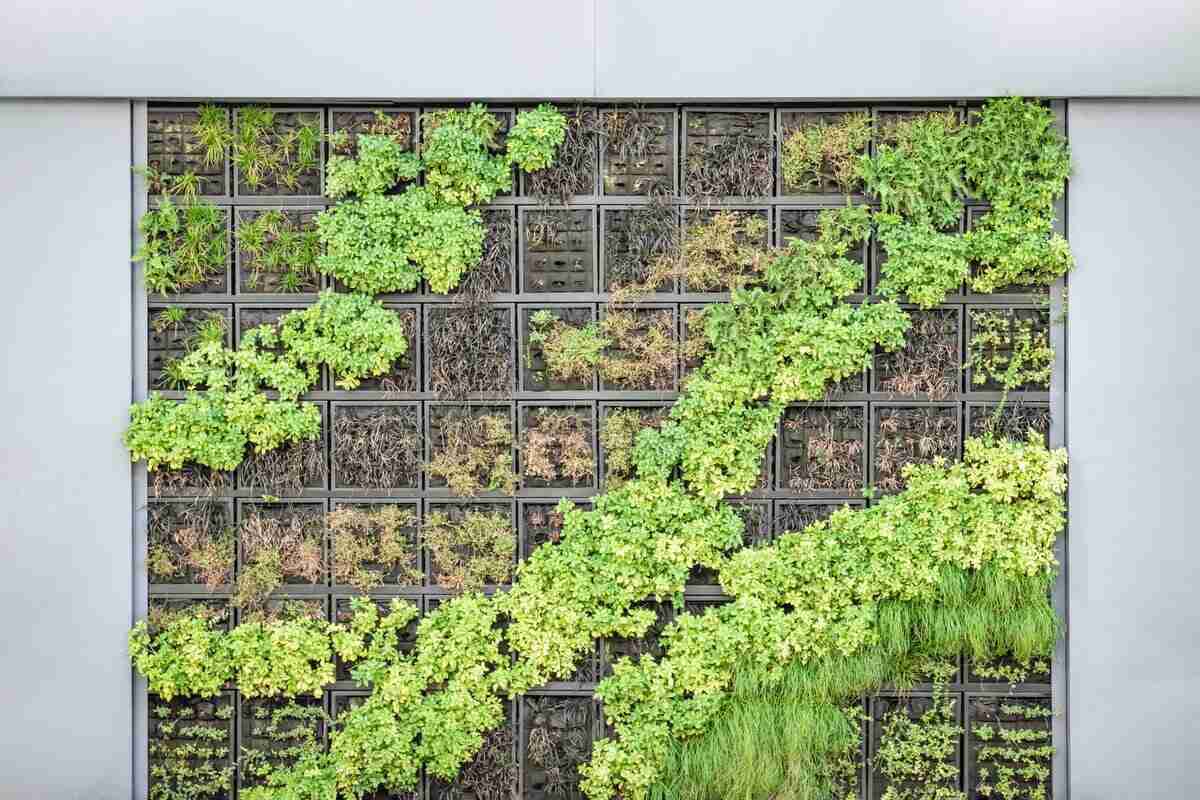
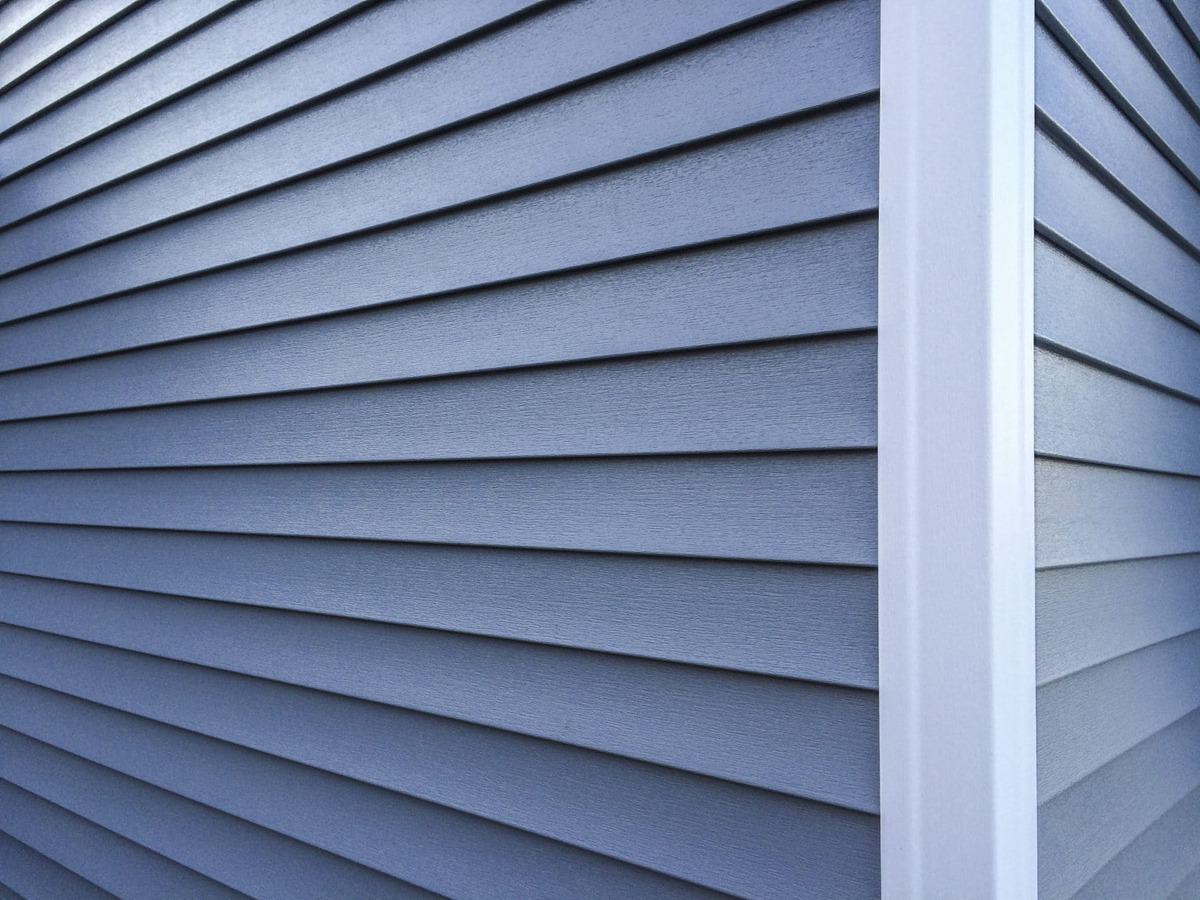
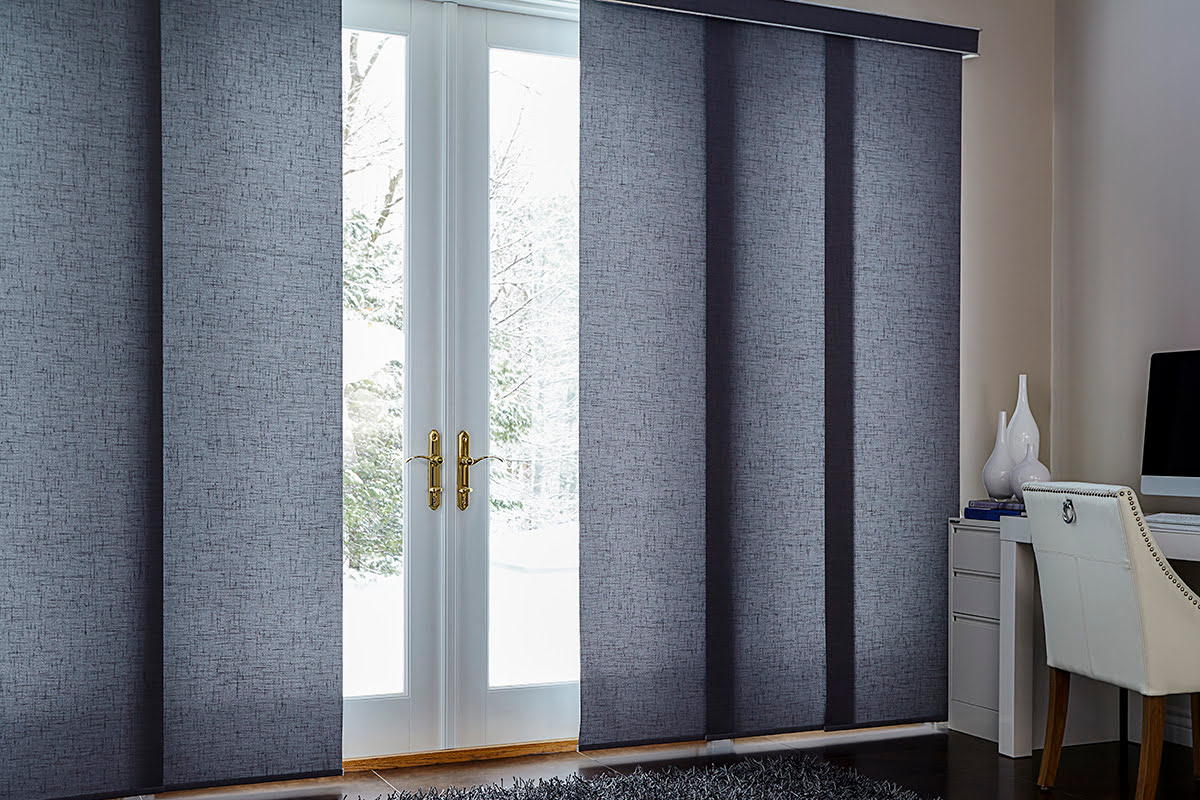
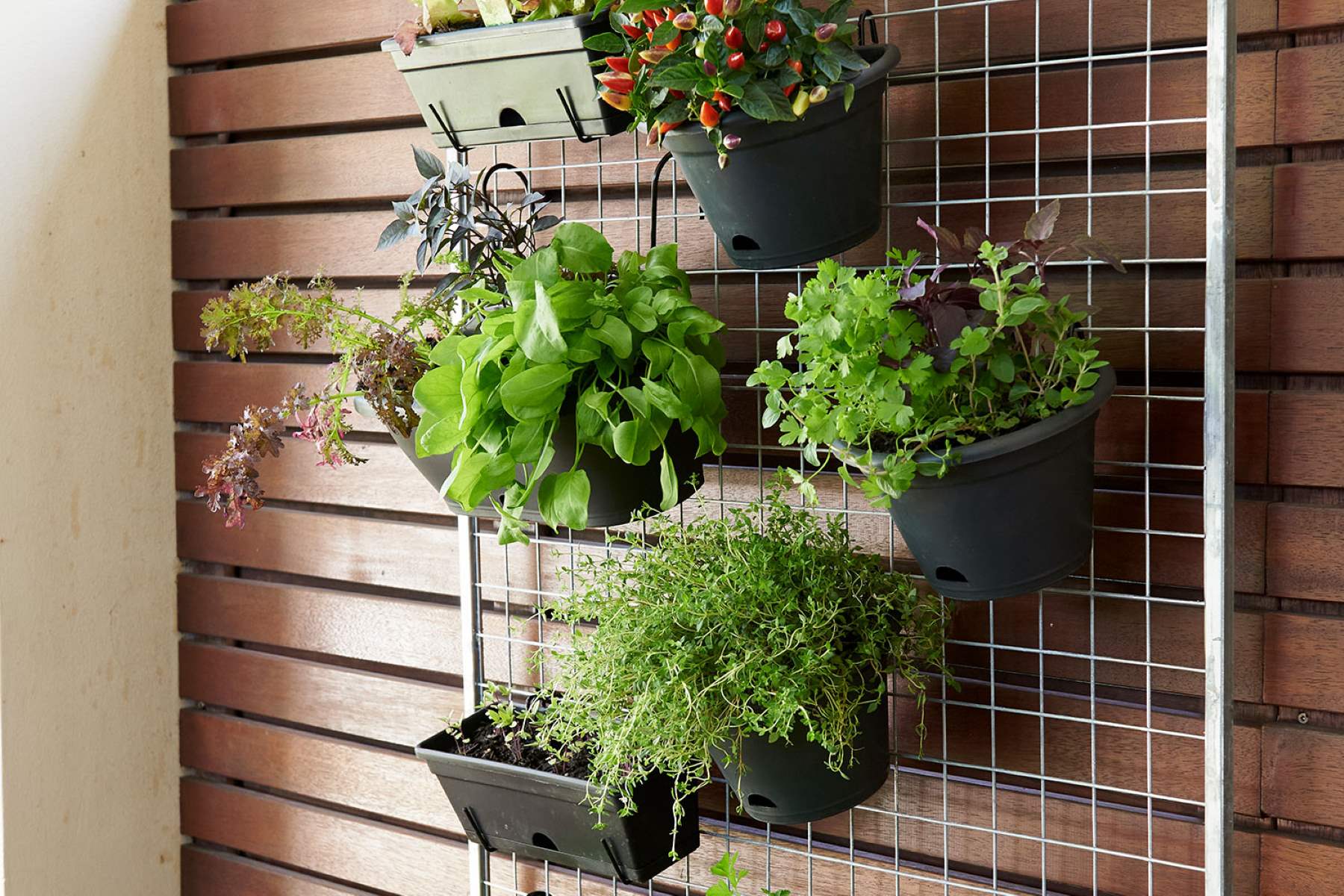
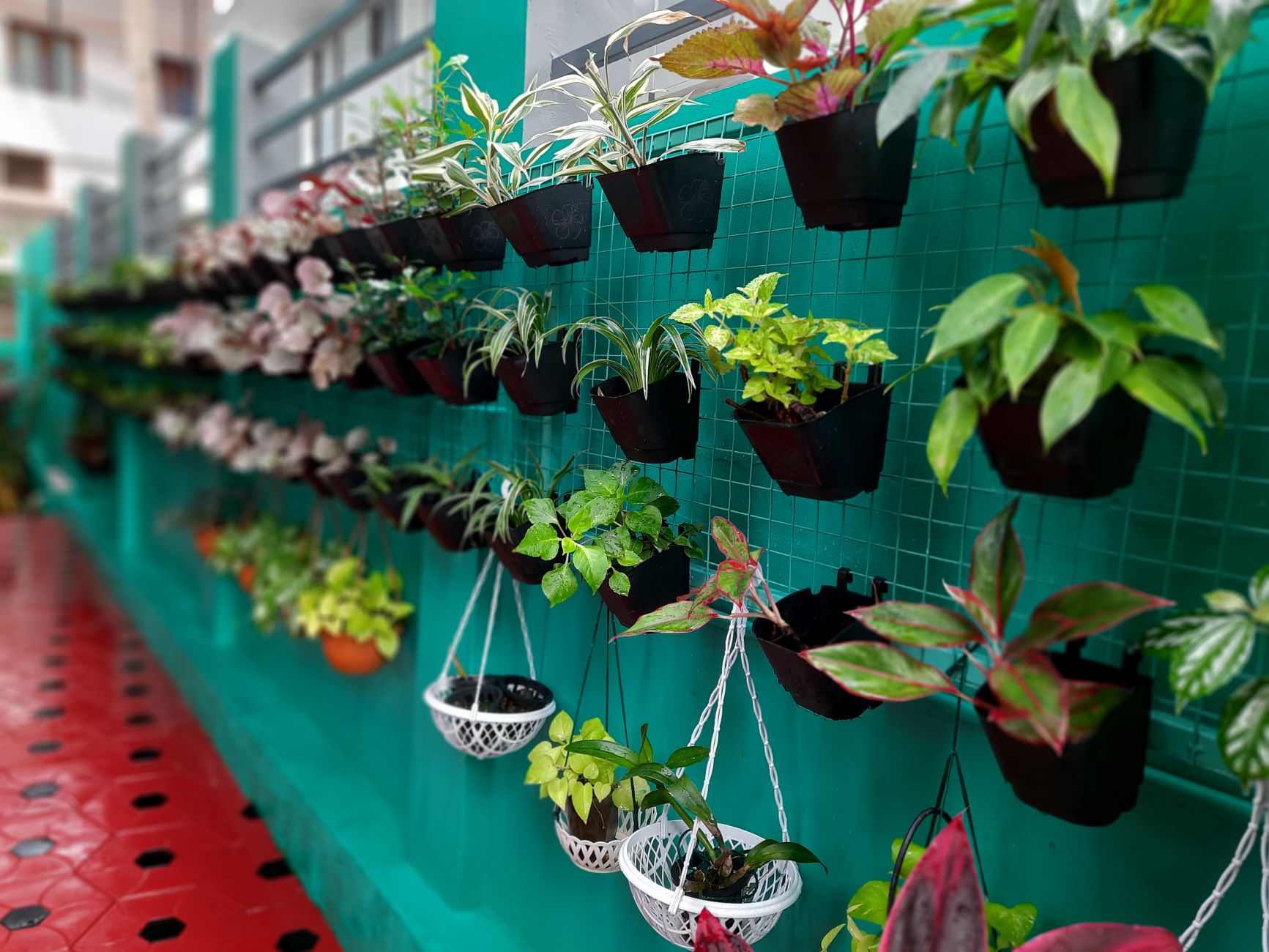
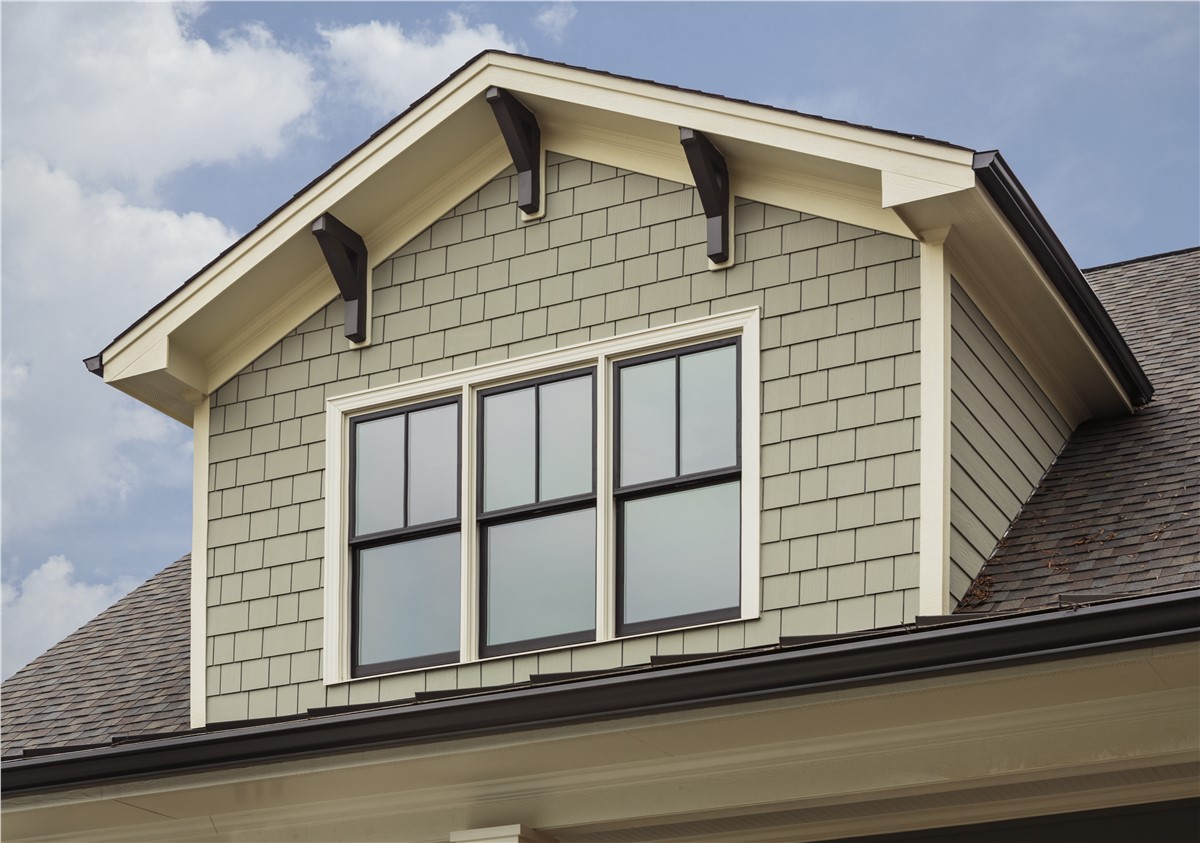
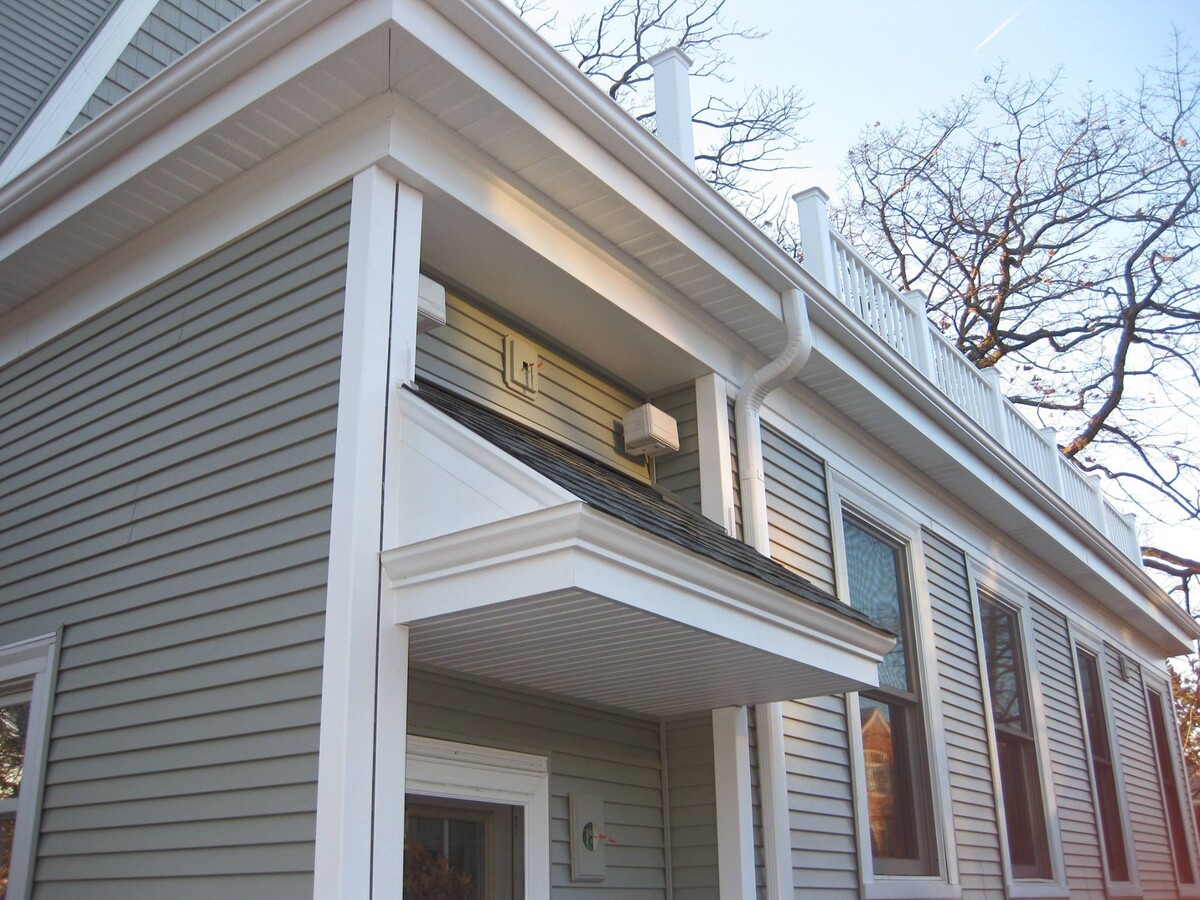
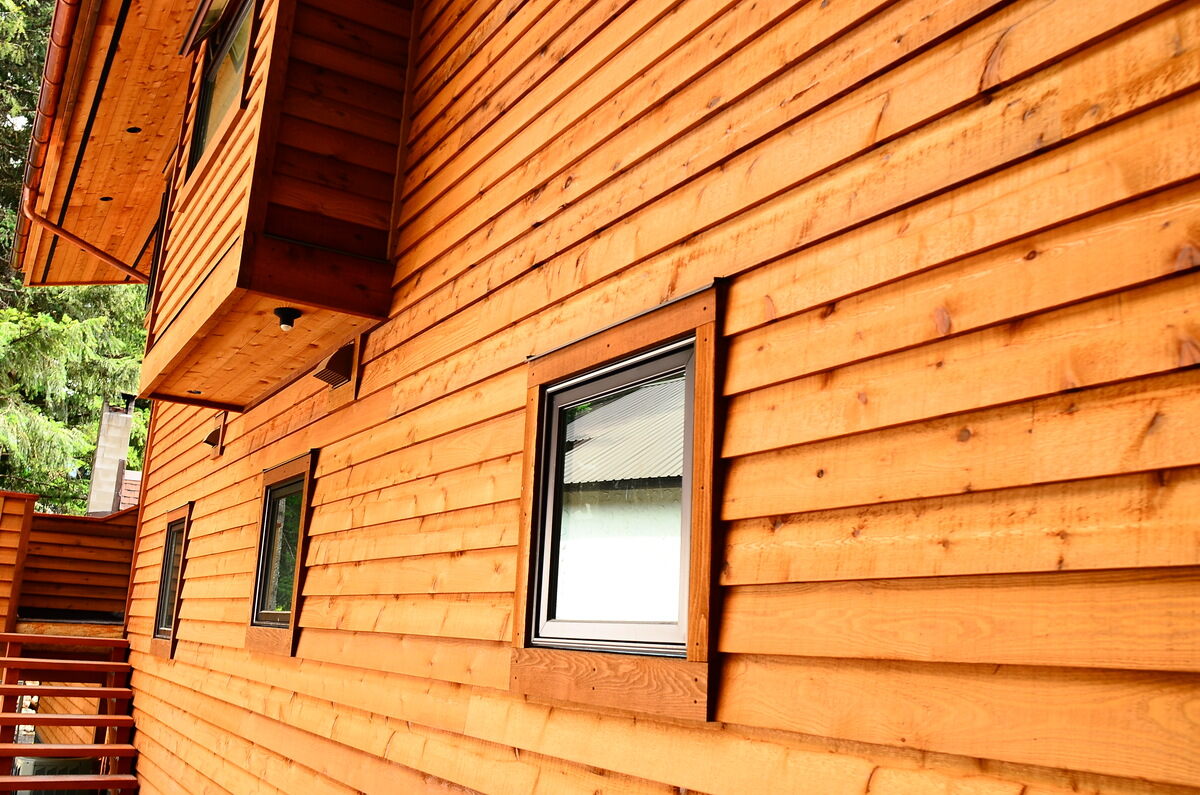
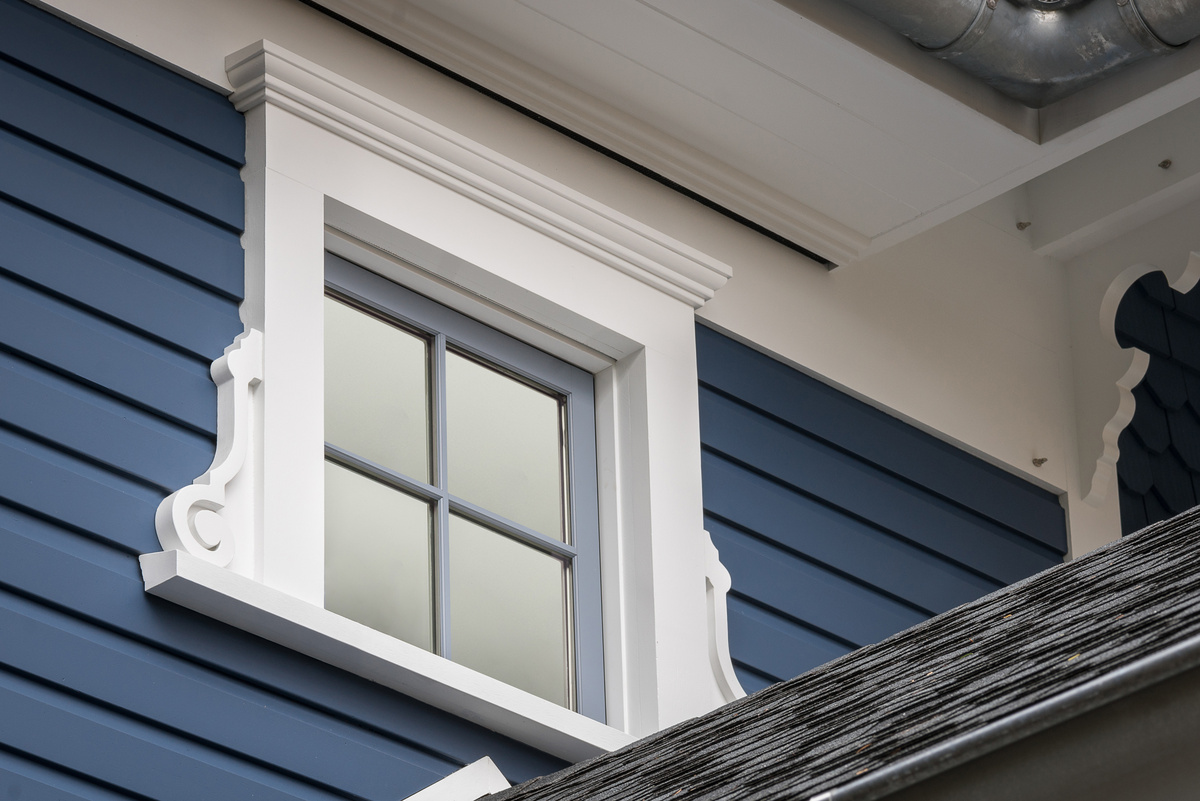
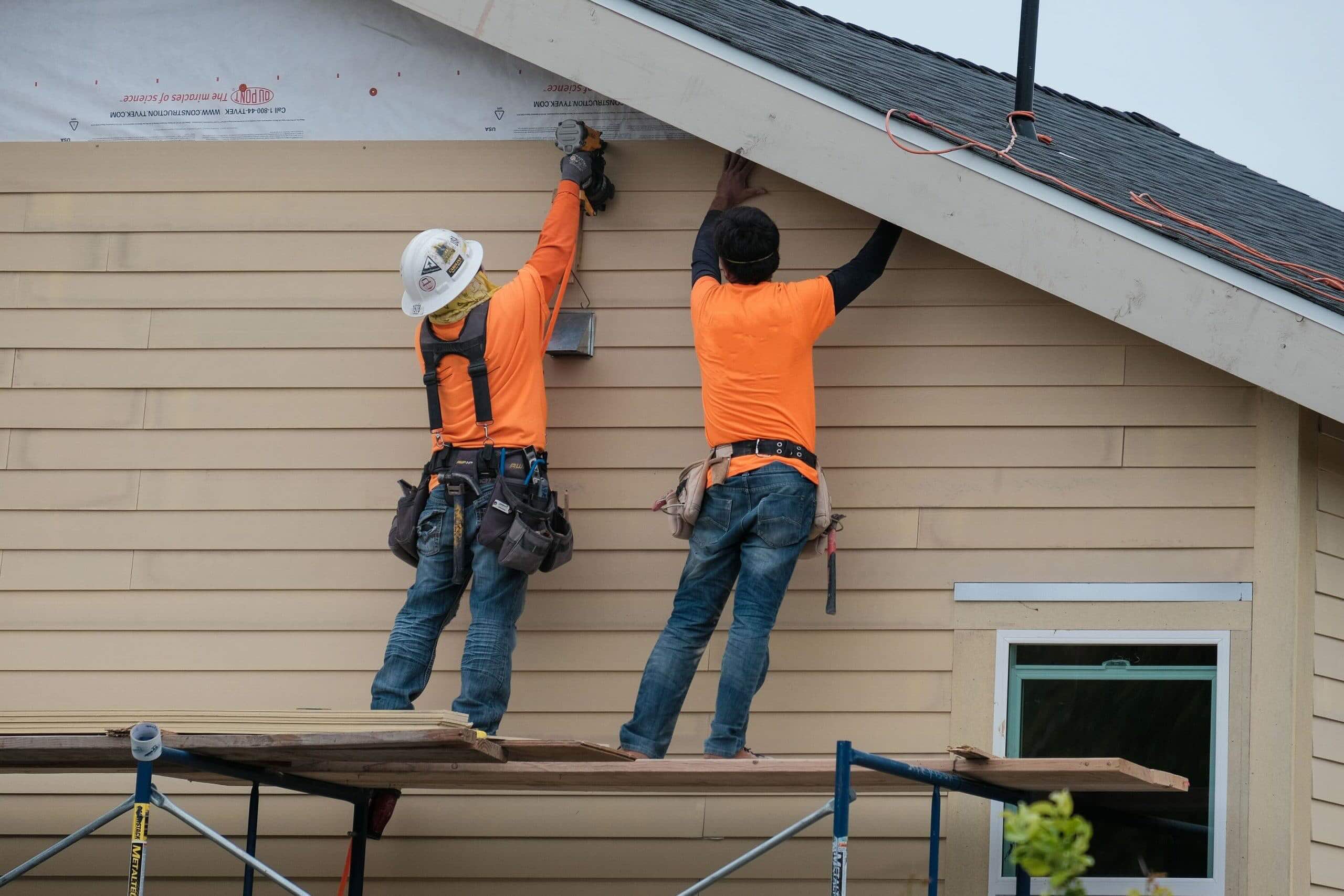
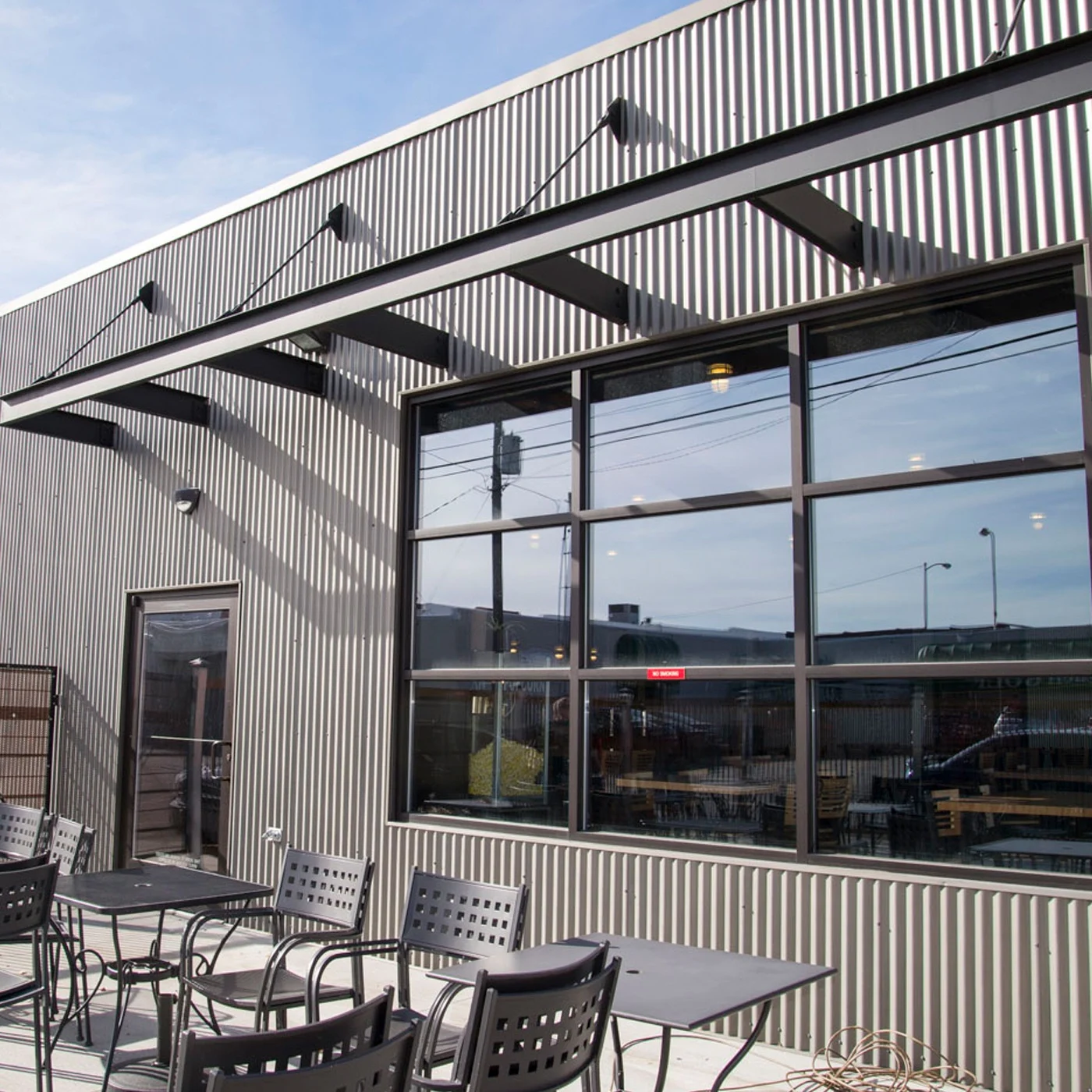
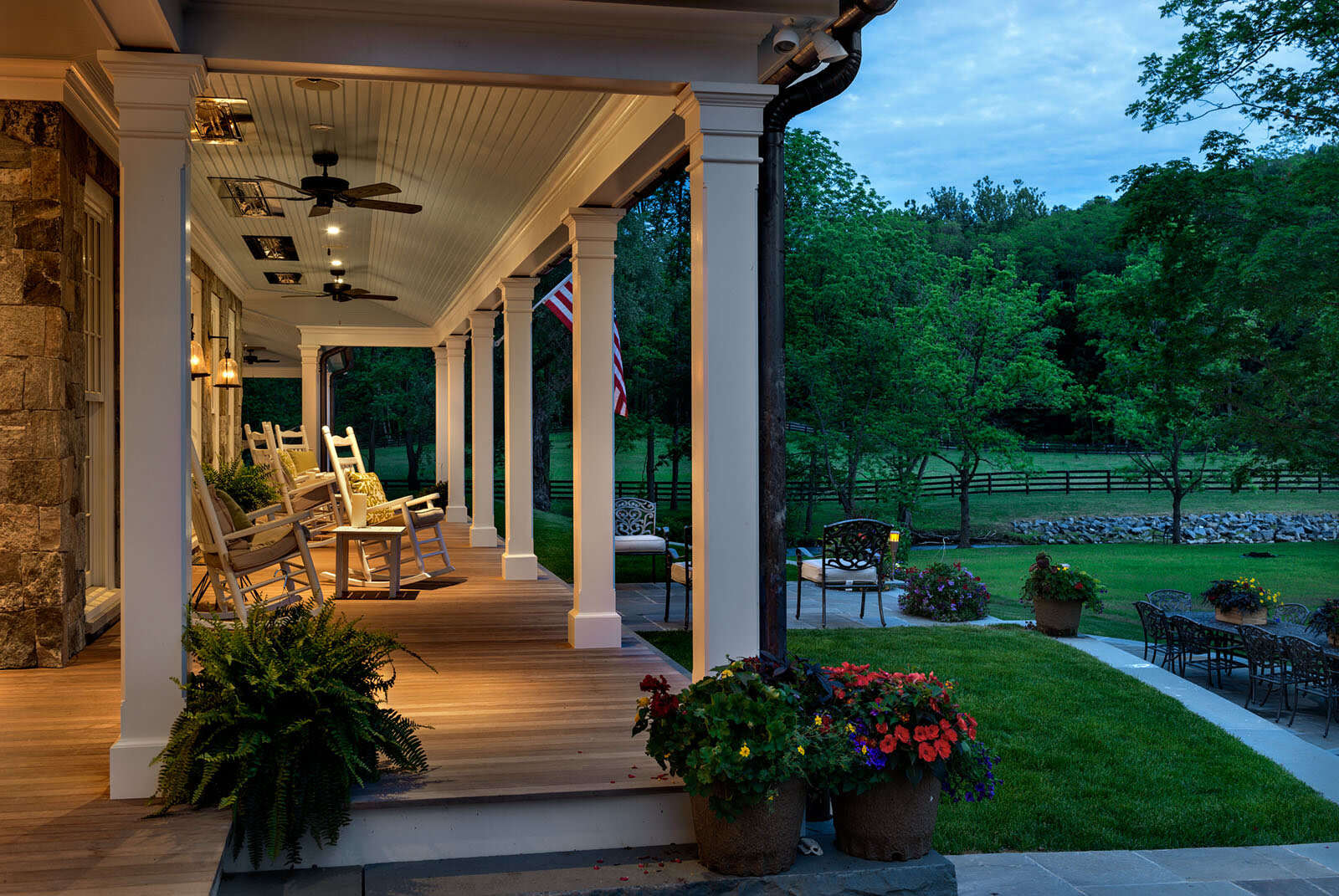
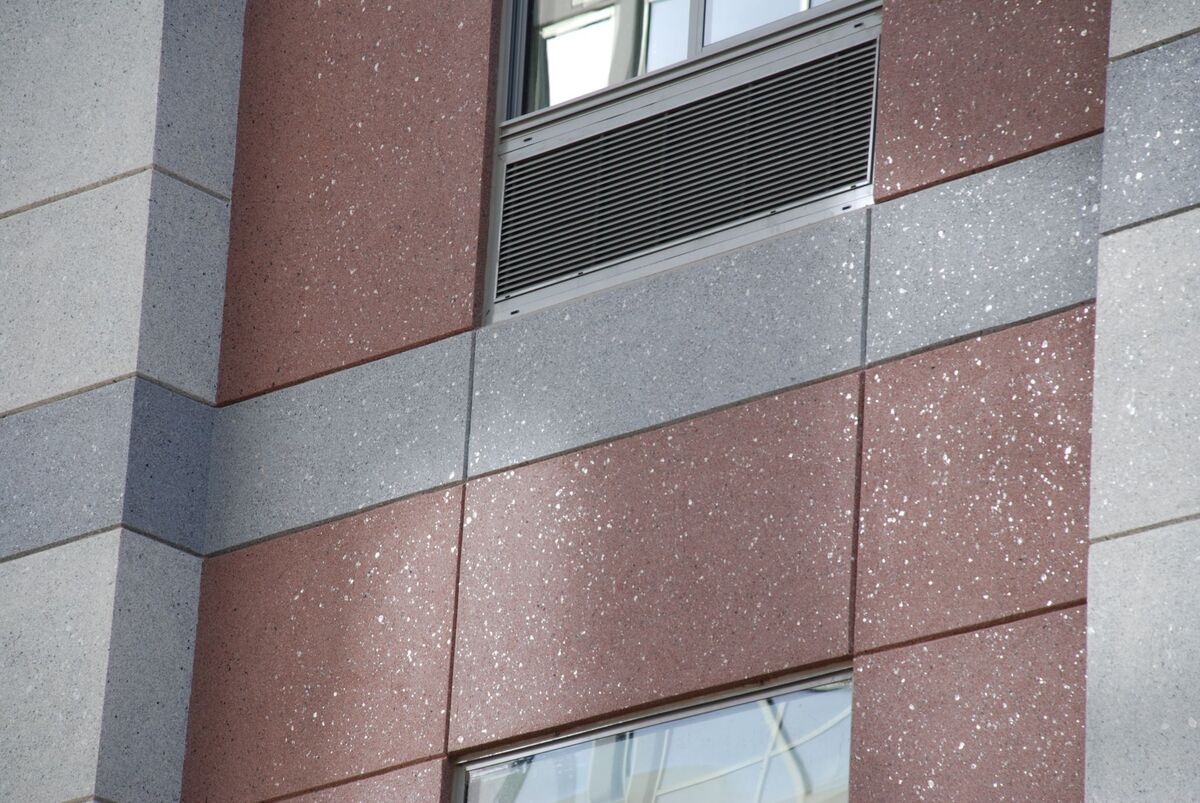

0 thoughts on “What Is Vertical Siding”